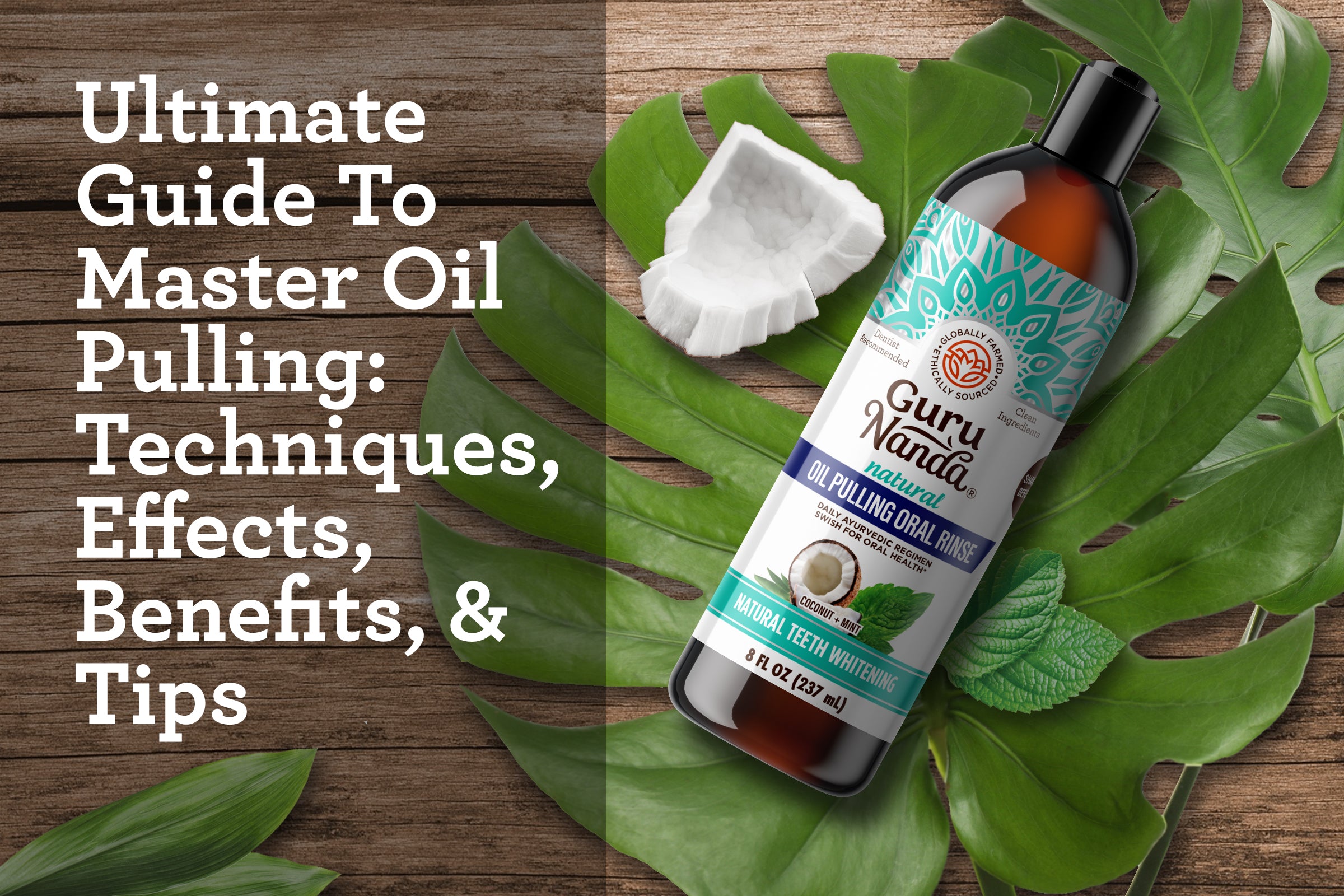Uso del hilo dental
El uso del hilo dental es crucial para mantener una buena higiene bucal. Elimina eficazmente las partículas de comida alojadas entre los dientes, minimizando la acumulación de bacterias y placa, y reduciendo así el riesgo de caries y enfermedades periodontales. Sin embargo, a pesar del cepillado regular, muchas personas descuidan su uso. Las estadísticas revelan que solo alrededor del 40 % de los estadounidenses usa hilo dental a diario, y el 20 % nunca lo usa.
Usar hilo dental no es suficiente; una técnica adecuada es esencial para prevenir posibles daños a los dientes y las encías. Por lo tanto, comprender el método correcto de uso del hilo dental es crucial. Si bien el cepillado elimina eficazmente la placa de las superficies dentales, esta no llega a los espacios interdentales ni debajo de la línea de las encías. Por lo tanto, incorporar el hilo dental a su rutina diaria es vital para garantizar un cuidado bucal integral .
Los dentistas recomiendan usar hilo dental dos veces al día para eliminar eficazmente los restos de comida y la placa en zonas de difícil acceso, complementando así el cepillado dental para una salud bucal óptima. En este blog, intentaremos comprender cómo usar el hilo dental correctamente, cómo usarlo con brackets, los tipos de hilo dental, cómo usar el hilo dental con palillos u otras técnicas, y más.
¿Debo usar hilo dental antes o después de cepillarme los dientes?
Busca un momento para dedicarle más atención a tus dientes, ya sea por la mañana o después de comer. Lo ideal es usar hilo dental dos veces al día.
Evite causar dolor al limpiar entre los dientes. Usar el hilo dental con demasiada fuerza puede dañar el tejido, mientras que hacerlo con demasiada suavidad puede dejar placa. Con la práctica, descubrirá la presión adecuada. Si el hilo dental sigue siendo doloroso, consulte a su dentista.
Uso del hilo dental: ¿cómo utilizarlo correctamente?
- Comience arrancando 18 pulgadas de hilo dental y enróllelo alrededor de sus dedos medios, dejando tres pulgadas libres entre ellos.
- Sujete el hilo dental firmemente entre los pulgares y los dedos índice para controlarlo de manera efectiva.
- Desliza con cuidado el hilo dental entre tus dientes, teniendo cuidado de no dañar las encías.
- Forme el hilo dental en forma de C en la base de cada diente para limpiar completamente debajo de la línea de las encías.
- Mueva suavemente el hilo dental hacia arriba y hacia abajo contra la superficie de cada diente, aplicando presión hacia afuera para evitar las encías.
- Cambie a una sección limpia de hilo dental para cada diente, ajustando su agarre según sea necesario para llegar a todas las áreas, incluidas las muelas posteriores.
- Asegúrese de eliminar la placa revisando el hilo dental a medida que lo retira.
- Mantenga el hilo dental tenso desenrollando un nuevo trozo de sus dedos y deseche las secciones usadas.
- Continúe este método alrededor de todos los dientes para una limpieza completa.
Uso de hilo dental: ¿cómo se puede usar hilo dental con brackets?
Usar hilo dental eficazmente es crucial para mantener la salud dental, especialmente con brackets. Sigue esta guía detallada para usar el hilo dental correctamente con brackets:
- Comience con hilo dental encerado de 45 a 60 cm, que es menos propenso a engancharse o romperse. La cera ayuda a que el hilo se deslice suavemente entre los dientes y los alambres de los brackets.
- Colóquese frente a un espejo para ver exactamente dónde debe pasar el hilo dental. Esto le ayudará a guiarlo con precisión.
- Pase el hilo dental entre los dientes y alrededor del alambre principal de los brackets. Sujete los extremos alrededor de los dedos índice para mayor maniobrabilidad.
- Pase el hilo dental con cuidado entre dos dientes, desplazándolo de arriba a abajo por los lados de cada diente. Para los dientes superiores, incline el hilo en forma de U invertida y, para cada diente, muévalo desde la línea de la encía hacia el lado del siguiente.
- Retire el hilo dental con cuidado para evitar que se desprendan partes de los brackets. Repita este proceso con cada espacio entre los dientes.
Dado que usar hilo dental con brackets es más complejo, considere alternativas como irrigadores bucales o enhebradores de hilo dental para mayor facilidad y eficiencia. Estas herramientas pueden simplificar enormemente el proceso y mejorar su experiencia con el hilo dental.
Uso del hilo dental: ¿Cómo utilizar los palillos de hilo dental?

Tipos de hilo dental
Elegir el hilo dental adecuado es crucial para una higiene bucal eficaz, especialmente si llevas ortodoncia, puentes o espacios interdentales variables. Las variedades de hilo dental se adaptan a diferentes necesidades y preferencias, lo que ayuda a garantizar una limpieza profunda de tus dientes.
- Cinta dental : Ideal para personas con espacios más amplios o con ortodoncia, la cinta dental es ancha y plana, diseñada para cubrir espacios más amplios con facilidad. Este formato es suave con las encías y fácil de manejar, lo que la convierte en una opción práctica para quienes usan aparatos dentales.
- Hilo dental estándar: Disponible con y sin cera, el hilo dental estándar es una fina hebra de nailon, ideal para espacios reducidos. Las versiones enceradas se deslizan con mayor suavidad entre dientes muy juntos o apiñados, lo que facilita la eliminación eficaz de la placa sin dañar las encías.
- Hilo dental Super Floss: Diseñado específicamente para ortodoncia, el hilo dental Super Floss consta de un extremo rígido para insertarlo debajo de los aparatos, una parte esponjosa para limpiar alrededor de ellos y un hilo dental regular para llegar debajo de la línea de las encías. Este hilo dental multicomponente es esencial para quienes usan brackets o puentes.
- Irrigadores bucales eléctricos o de agua : Para quienes tienen dificultades con el uso del hilo dental tradicional, los irrigadores bucales eléctricos o de agua ofrecen una alternativa práctica. Estos dispositivos utilizan la presión del agua para limpiar eficazmente entre los dientes y a lo largo de la línea de las encías. Los irrigadores bucales son especialmente beneficiosos para quienes usan brackets, ya que pueden llegar a los brackets y alambres sin problemas.
- Palillos de hilo dental desechables : son ideales para usar en movimiento y pueden llegar fácilmente a los dientes posteriores, lo que simplifica el proceso de uso del hilo dental, especialmente en aquellas áreas difíciles de alcanzar.
Tipos de hilos utilizados en los hilos dentales
Seleccionar el hilo dental adecuado implica comprender los diferentes materiales disponibles, cada uno diseñado para satisfacer necesidades y preferencias dentales específicas.
- Hilo dental Dyneema: Una opción relativamente menos conocida, pero muy efectiva, es el hilo dental Dyneema. Conocido por su excepcional resistencia y durabilidad, el hilo dental Dyneema está hecho de fibra de polietileno de alto rendimiento, extremadamente resistente y suave. Esto lo convierte en una excelente opción para quienes buscan un hilo dental robusto que resista roturas y astillas, incluso en espacios reducidos entre los dientes. Su textura suave también garantiza un fácil deslizamiento entre los dientes, minimizando la irritación y la incomodidad durante el uso del hilo dental. El hilo dental Dyneema es especialmente adecuado para quienes sufren roturas o deshilachados frecuentes de los hilos dentales tradicionales.
- Hilo dental de nailon: Este hilo dental multifilamento es duradero y versátil, disponible en versiones con o sin cera y en varios sabores. Sin embargo, al estar compuesto de múltiples hebras, a veces puede romperse o desgarrarse, especialmente en espacios reducidos entre los dientes.
- Hilo dental de PTFE: Para quienes tienen espacios entre los dientes muy estrechos, el hilo dental monofilamento de PTFE es una excelente opción. Este tipo de hilo dental está hecho de una sola hebra, lo que le permite deslizarse suavemente entre los dientes sin deshilacharse ni romperse, haciéndolo prácticamente resistente a los desgarros y más confiable para espacios reducidos.
Preguntas frecuentes
P: ¿Con qué frecuencia se debe utilizar hilo dental?
R: Los dentistas recomiendan usar hilo dental al menos una vez al día. Lo ideal es usarlo dos veces al día. Esto ayuda a eliminar la placa y las partículas de comida que el cepillo de dientes no puede alcanzar, previniendo así la enfermedad de las encías y la caries.
P: ¿Debo usar hilo dental antes o después del cepillado?
R: Existe cierto debate sobre si es mejor usar hilo dental antes o después del cepillado. Sin embargo, usar hilo dental primero aflojará y eliminará la placa y los restos de comida entre los dientes antes del cepillado, lo que permite que la pasta dental acceda mejor a la zona. Sin embargo, lo más importante es que uses hilo dental con regularidad. Ya sea que uses hilo dental antes o después del cepillado, asegúrate de hacerlo bien cada vez.
P: ¿Cómo usar el hilo dental correctamente?
R: Para usar el hilo dental correctamente, use aproximadamente 45 cm de hilo. Enrolle el hilo alrededor de cada dedo medio, dejando 7,5 cm de espacio. Presione suavemente el hilo entre cada dentadura y deslícelo hacia arriba y hacia abajo a lo largo del borde del diente y bajo la encía. Use una sección nueva de hilo para cada diente para evitar la transmisión de bacterias.
P: ¿Cómo se usa el hilo dental con un retenedor permanente?
R: Para usar hilo dental con un retenedor permanente, use un enhebrador de hilo dental o hilo dental especial para ortodoncia. Pase el hilo por debajo del alambre del retenedor, muévalo suavemente hacia arriba y hacia abajo contra cada diente y deslícelo bajo la línea de las encías para eliminar los restos de comida y la placa.
P: ¿Cómo usar hilo dental cuando se tienen frenillos?
R: Al usar hilo dental con brackets, use hilo encerado con un enhebrador o un hilo dental especial para ortodoncia. Pase el hilo por debajo del arco de los brackets, pase el hilo entre cada par de dientes y retire el hilo con cuidado, sin romperlo.
P: ¿Cómo utilizar correctamente un palillo de hilo dental?
A: Sujete el mango del palillo de hilo dental y guíe la parte tensa entre los dientes. Mueva suavemente la sierra de un lado a otro para insertarlo y luego deslícelo hacia arriba y hacia abajo contra la superficie del diente, justo debajo de la encía. Deseche el palillo de hilo dental después de usarlo.
P: ¿Cómo se usa el hilo dental con agua?
R: Llene el depósito del irrigador bucal con agua tibia, seleccione la presión adecuada y dirija la punta hacia los espacios interdentales y a lo largo de la encía. Pase sistemáticamente de un diente a otro hasta que todos estén limpios.
P: ¿Con qué frecuencia debes reemplazar tus palillos de hilo dental?
R: Los palillos de hilo dental deben usarse una sola vez y luego desecharse. Están diseñados para un solo uso y pueden acumular bacterias o perder su eficacia si se usan varias veces.






